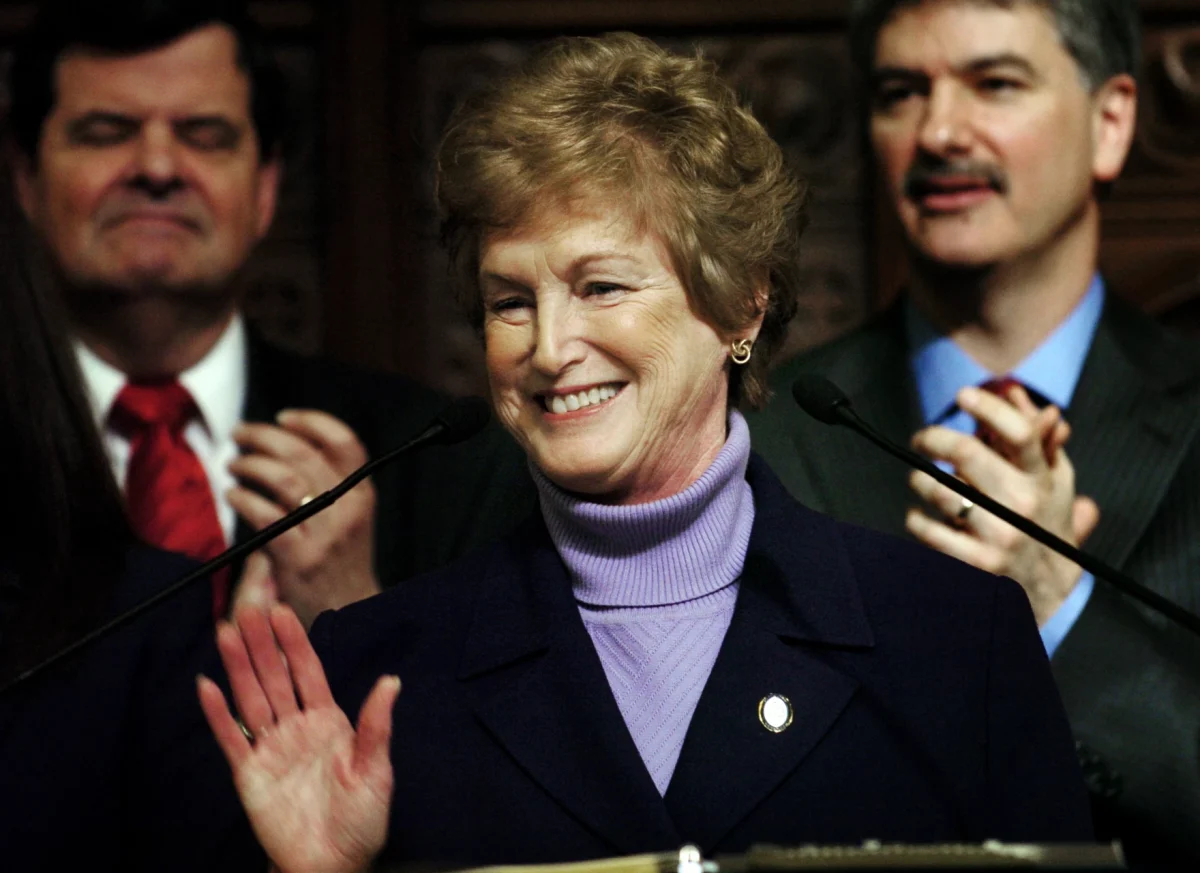
By KIMBERLY HEFLING
AP Education Writer
WASHINGTON (AP) — Recognizing that college students and recent graduates are facing rising tuition prices and burdensome student loan debt, President Barack Obama announced a plan that seeks to lessen the burden of paying back student loans.
Some questions and answers about student loans:
Q: How big a problem is student loan debt?
A: Total outstanding student debt has passed $1 trillion, more than the nation’s credit card debt, and average indebtedness for students is rising. The College Board said Wednesday that the average in-state tuition and fees at four-year public colleges rose an additional $631 this fall, or about 8 percent, compared with a year ago. The cost of a full credit load has passed $8,000 – an all-time high. The board said about 56 percent of bachelor’s degree recipients at public schools graduated with debt averaging about $22,000. From private nonprofit universities, 65 percent graduated with debt averaging about $28,000. Experts say those average amounts usually are still manageable, at least for those who finish a degree. But they are concerned about the rate of increase, the growing numbers with substantially more debt and the increase in those apparently in over their heads repaying them. The Education Department said in September that the national student loan default rate for the 2009 budget year had risen to 8.8 percent.
Q: What does Obama’s plan do?
A: Obama will accelerate a law passed by Congress last year that lowers the maximum required payment on student loans from 15 percent of discretionary income annually to 10 percent for eligible borrowers. It goes into effect next year, instead of 2014. Also, the remaining debt would be forgiven after 20 years, instead of 25. The White House said about 1.6 million borrowers could be affected.
Obama also will allow borrowers who have a loan from the Federal Family Education Loan Program and a direct loan from the government to consolidate them at an interest rate of up to a half percentage point less. This could affect 5.8 million borrowers, according to the White House.
Q: How much does it save borrowers?
A: Some borrowers will save several hundred dollars a month in payments.
Q: What’s the difference between government-backed student loans and private student loans? And, does Obama’s plan impact private loan borrowers?
A: Before the law change, borrowers wanting a student loan backed by the government could get loans directly from the government or from the Federal Family Education Loan Program. Those from the Federal Family Education Loan Program were issued by private lenders, but basically backed by the government. The law eliminated the private lenders’ role as middlemen and made all such loans direct loans. The law was passed with the overhaul of the health care system with the anticipation that it would save about $60 billion over a decade. Private loans are one students typically get when they get all they can get from the government. They’re typically from banks, and they are where students tend to get into the most trouble because they don’t have the same government protections and they usually have higher interest rates. Obama’s plan won’t help students stuck in those. The amount of private lending has fallen sharply in recent years as lenders have cut back and demanded higher credit scores. However, for extremely expensive colleges, students may hit the maximum federal borrowing limits and have no choice but to look for private loans.
Q: Are there others who don’t benefit?
A: Borrowers already in default won’t qualify. The accelerated component of the income-based repayment plan only applies to borrowers who take out a loan in 2012 or later and who also took out a loan sometime between 2008 and 2012, according to the Education Department. To be eligible for the consolidated loan component, a borrower must have both a direct loan from the government and a loan from the Federal Family Education Loan Program.
Q: The White House says the plan is free to taxpayers. How can that be?
A: A White House official says it doesn’t cost taxpayers anything because when the loans are consolidated, the government no longer has to pay a subsidy to private lenders on the Federal Family Education Loan Program loans.
Q: What do Republicans say?
A: Sen. Mike Enzi, R-Wyo., the ranking Republican on the Senate Health, Education, Labor and Pensions Committee, said in a statement that Obama crafted his plan behind closed doors and “we are left with more questions than answers.” Sen. Lamar Alexander, R-Tenn., a former U.S. education secretary, said the real way to reduce the burden of student-loan debt is to slow down the growth of tuition and the best way to do that is to “reduce health care costs and mandates that are soaking up state dollars that in the past have gone to support public colleges and universities.”



